Lloyd’s had arrived at its reserving figure for Ukraine-related claims via a ’probability weighted exposure reserving method’, says chief financial officer
The Lloyd’s market’s chief executive John Neal said that it had reserved a figure of £1.1bn for losses relating to the war in Ukraine.
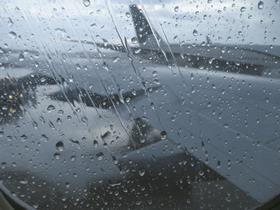
Speaking during the release of Lloyd’s of London’s H1 2022 financial results last week (8 September 2022), Neal said that this “early and realistic approach” to reserving had allowed the market to maintain an “exceptionally strong capital position”.
Neal said that Lloyd’s of London’s reserving of £1.1bn for claims relating to the Ukraine crisis was a “sensible reserve position”.
In its financial results for the first six months of 2022, Lloyd’s achieved a central solvency ratio of 395% and a market wide solvency ration of 179%.
Neal explained that the Russia Ukraine conflict had contributed to “a highly uncertain and challenging macro environment” for Lloyd’s and the insurance sector generally.
He added: “We are experiencing, undoubtedly, one of the most volatile periods in living memory and a critical period for the insurance industry in helping society to manage these very risks.”
Sensible reserve position
A significant amount of Lloyd’s of London’s exposure to the conflict in Ukraine emanates from marine, aviation and trade credit lines.
Read: Briefing: Russia-Ukraine conflict takes toll on insurers’ half-year results
Explore more Russia-Ukraine related content here
For example, Russian authorities seized over 500 leased airliner jets in March 2022 and have been operating them domestically in contravention of international treaties.
The Express predicted that these requisitioned jets could lead to claims from airline carriers of up to £8bn.
Neal explained: “The crisis is still in play. Do we know completely and exactly where the claims are going to come from? No.”
He added, however, that “intuitively, the number feels about right” and explained that while the situation in Ukraine may change the reserve position was “sensible” at this point.
Burkhard Keese, Lloyd’s chief financial officer, added that Lloyd’s had arrived at this figure via a “probability weighted exposure reserving method”, which presumed that while exposures were clear the probabilities of them becoming claims may change as the conflict develops.
Keese added: “As of today, with the probabilities we estimate from the outcome of losses, this is the right number. But probabilities can change.
“It is important to consider this as a volatile number – many things can go in both directions.”
Hosted by comedian and actor Tom Allen, 34 Gold, 23 Silver and 22 Bronze awards were handed out across an amazing 34 categories recognising brilliance and innovation right across the breadth of UK general insurance.





































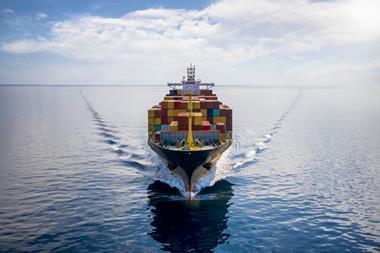
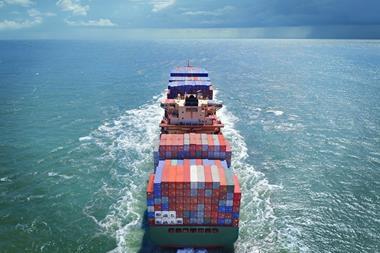


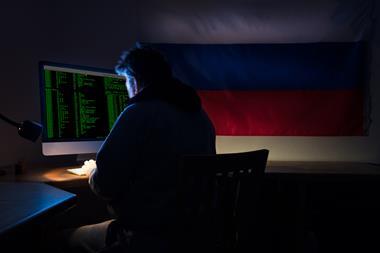
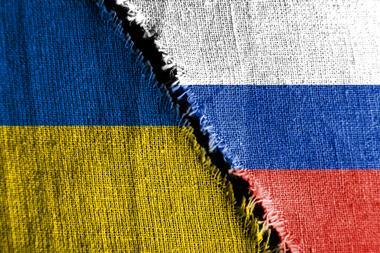









No comments yet